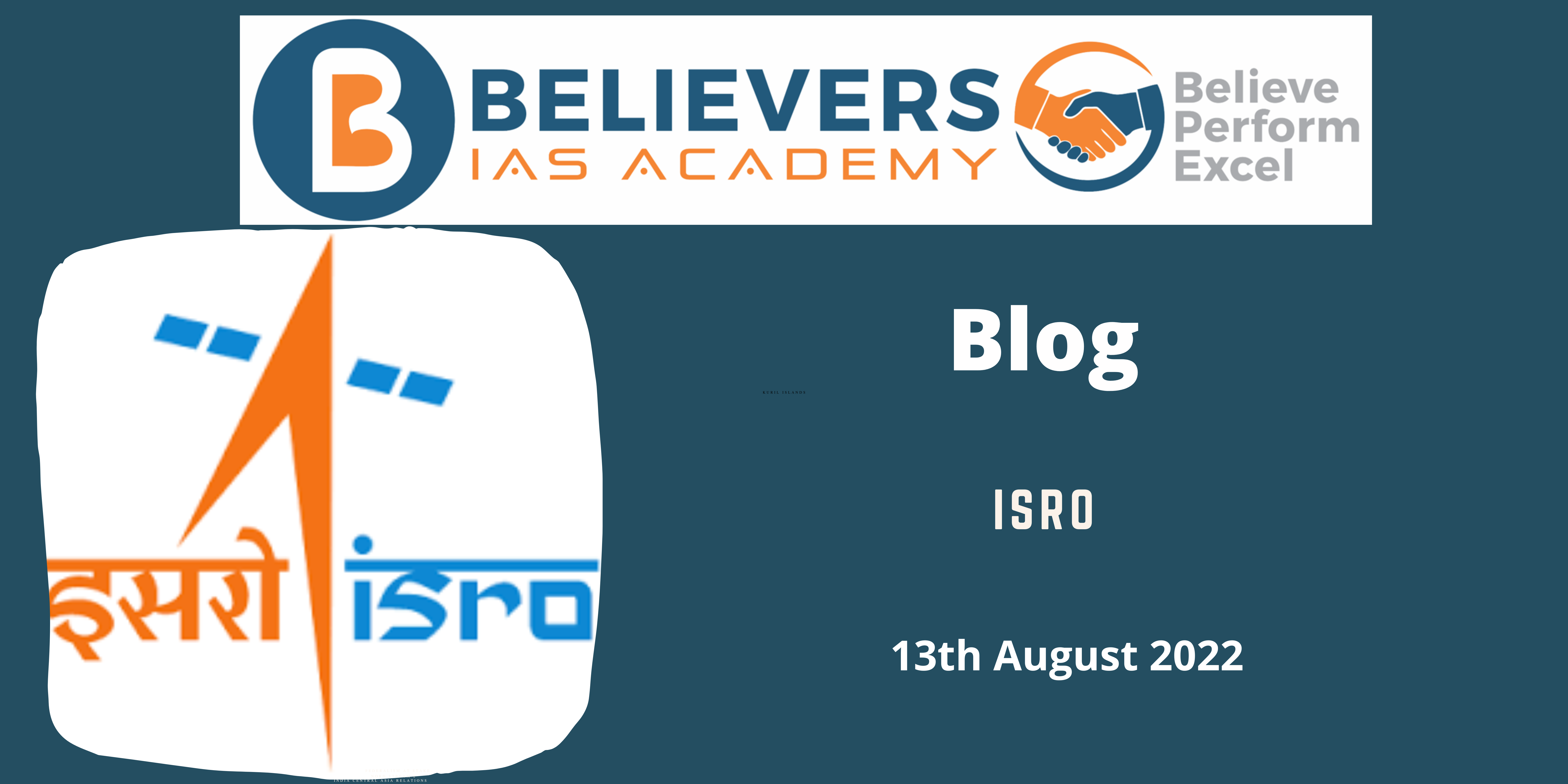ISRO
The History of ISRO
- The story of Indian space research starts with the Indian National Committee for Space Research (INCOSPAR) which was set up in 1962 under Department of Atomic Energy.
- INCOSPAR set up Thumba Equatorial Rocket Launching Station (TERLS) in Thiruvananthapuram for upper atmospheric research.
- INCOSPAR later evolved into Indian Space Research Organisation (ISRO), was formed in the year 1969 (the year when Neil Armstrong stepped on the moon).
- ISRO was taken out of Department of Atomic Energy and a separate Department of Space was setup to oversee it in 1972.
- ISRO in 1975 developed and built its first satellite named Aryabhata, however ISRO lacked launch vehicles and needed the help of Soviet Union to launch the satellite.
- India soon developed its own launch vehicles in the form of SLV-3 which it used to launch Rohini 1 in the year 1980 from Satish Dhawan Space Centre (SHAR) which made India the sixth country in the world to have orbital launch capability.
Launch Vehicles of ISRO
- India has developed multiple launch vehicles for launching different satellites into different orbits.
Satellite Launch Vehicle (SLV-3):
- It was the first launcher developed by India and was used for the first time in 1980 to launch RS-1 Satellite. It was a four-stage rocket with all solid-propellant motors.
Augmented Satellite Launch Vehicle (ASLV):
- ASLV was a Small-lift launch vehicle five-stage solid-fuel rocket developed for a payload to be placed into a geostationary orbit.
Polar Satellite Launch Vehicle (PSLV):
- PSLV is an expendable medium-lift launch vehicle designed to launch satellites into sun-synchronous orbits. PSLV can also launch small size satellites into Geostationary Transfer Orbit (GTO). PSLV is known as the workhorse of ISRO.PSLV has four stages using solid and liquid propulsion systems alternately.
Geosynchronous Satellite Launch Vehicle (GSLV):
GSLV is a three-stage vehicle with solid, liquid and cryogenic stages used to launch geosynchronous satellites. It uses indigenously developed Vikas engine (liquid fuelled engine). The GSLV can place approximately 5,000 kg into an easterly low Earth orbit (LEO) or 2,500 kg (for the Mk II version) into geostationary transfer orbit.
Geosynchronous Satellite Launch Vehicle Mark III (GSLV Mk III):
- GSLV Mk III also known as Launch Vehicle Mark 3 (LVM3) is a three-stage medium-lift launch vehicle created to launch communication satellites into geostationary orbit. GSLV Mk III is the heaviest rocket in operational service with ISRO.
Small Satellite Launch Vehicle (SSLV):
- SSLV is a small-lift launch vehicle with a payload capacity to deliver 500 kg to low Earth orbit (500 km) or 300 kg (660 lb) to Sun-synchronous orbit (500 km). The first three stages of the vehicle use solid propellant, with a fourth terminal stage being a Velocity-Trimming Module (VTM).
Successes of ISRO
Chandrayaan-1:
- Chandrayaan-1 is India’s first mission to Moon, it was launched successfully on October 22, 2008 from SDSC SHAR, Sriharikota. It was launched using Polar Satellite Launch Vehicle.
Mars Orbiter Mission (MOM):
- Mars Orbiter Mission (MOM), also called Mangalyaan was India’s maiden mission to Mars. It was launched in 2013 from SHAR using Polar Satellite Launch Vehicle. India became the first country to reach Mars in its first attempt. Mangalyaan is also considered as the most efficient Mars mission due to its cost-effective nature.
Highest number of satellites launched on a single rocket:
- On 15 February 2017 ISRO using Polar Satellite Launch Vehicle launched 104 satellites to create the world record for highest number of satellites launched on a single rocket. This record however was broken by SpaceX in 2021.




